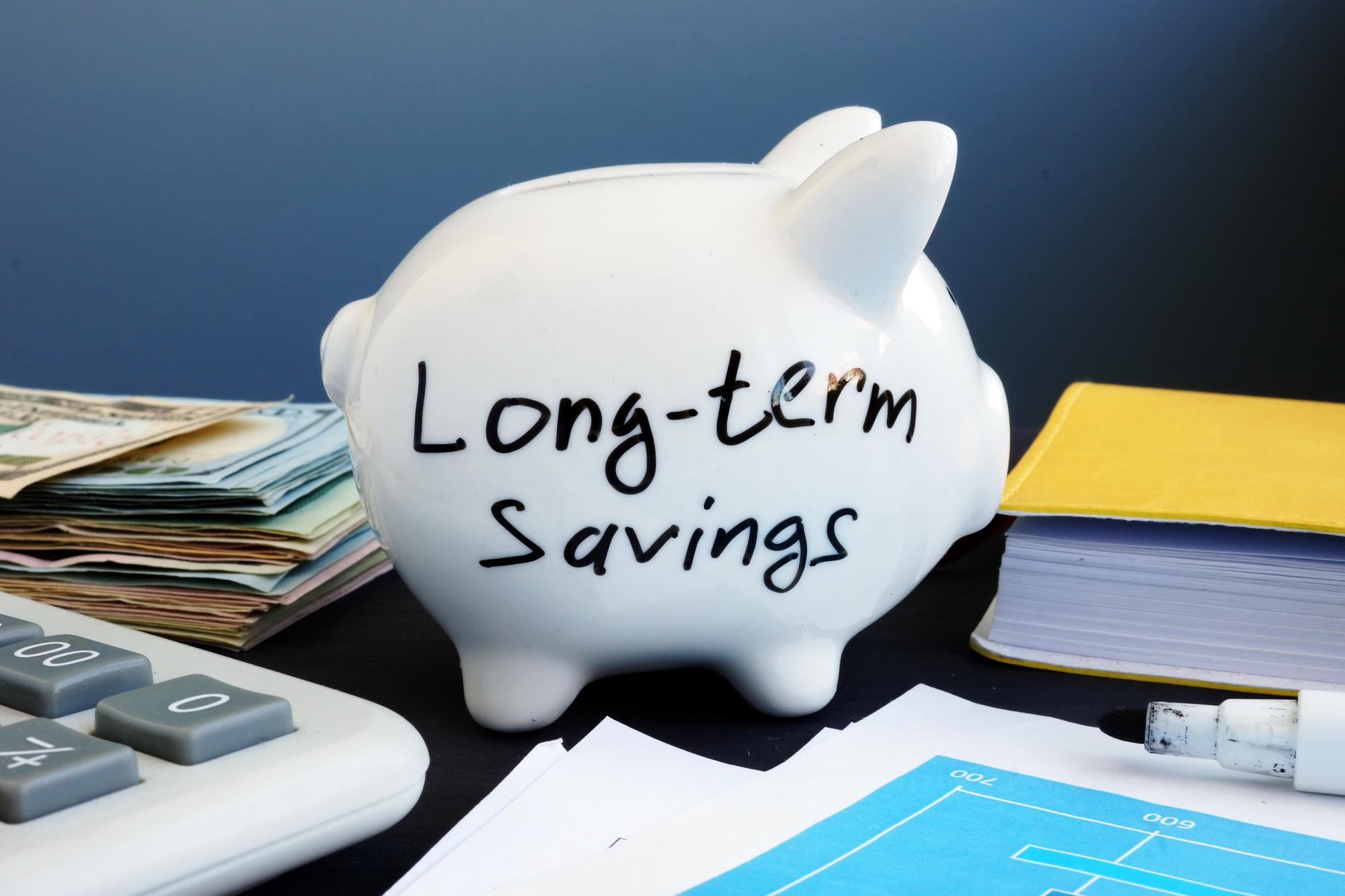
Make sure the company is well-managed and has a solid business model before you invest. These are some suggestions to help you pick a stock. When making an investment, diversify your portfolio by looking at the company's current performance and its competitors. You can also check out its earnings and analyst opinions. A solid business with good management and a proven track record could be a good buy.
Value stocks
If you are an investor, you may be wondering how you can identify which value stocks you should purchase. It's simple. Value stocks are undervalued businesses that you should buy at lower prices than the market average. This is a great time to buy stocks, because the price will fall before hoards of other investors get on board and drive up the price. Value investors need to be distinct from the majority investor's thinking. It is often called FOMO.

It takes patience to invest in value stocks. Before you buy shares, learn as much about the company as possible. After conducting a thorough review, you can narrow your list down until you have found the top 10%. Then, once you have selected your top-10 companies, you can buy them. You'll see your investment grow if you are patient. Follow these tips to make value stock investment a success.
Younger companies
How do I know which stock should I buy in a younger company Although corporations are intended to generate profits and growth, few new companies find themselves financially viable immediately. As such, new companies may be good prospects only if they can show revenue growth and have a compelling competitive advantage. Stock prices can rise due to the number of investors who purchase it. Before purchasing stock, ensure you have enough safety margin.
Companies with a proven track record of success
Track record: What exactly does that mean for a company's track records? Track record can be either a singular or a noun that describes how well a company does what it does. If a company has a strong track record, you can trust them to do a good work. A company's track record shows how they've dealt with past problems and how they did that job in the future.
Companies with a high dividend
You should consider a number of factors when choosing companies that pay a high dividend. The first consideration is how consistent the company's earnings growth is. Look for companies that show consistent revenue growth. Companies with inconsistent revenue growth could be in trouble. The second thing to consider is whether or not the company has a long-term competitive edge, such as proprietary tech, a high barrier of entry, or a strong name.

In addition, look for companies with a long track record of paying dividends. IBM has been paying its shareholders a steady dividend since 1916. It is currently on a streak that has seen it increase its payout for 24 consecutive years. Realty Income, for one, is called the "Monthly Dividend Company". It is not uncommon for real estate companies to be affected by volatile market changes, but a reliable dividend REIT can make a good choice.
FAQ
How can I manage my risks?
Risk management is the ability to be aware of potential losses when investing.
It is possible for a company to go bankrupt, and its stock price could plummet.
Or, a country's economy could collapse, causing the value of its currency to fall.
You run the risk of losing your entire portfolio if stocks are purchased.
Remember that stocks come with greater risk than bonds.
One way to reduce your risk is by buying both stocks and bonds.
You increase the likelihood of making money out of both assets.
Another way to minimize risk is to diversify your investments among several asset classes.
Each class has its own set risk and reward.
For instance, stocks are considered to be risky, but bonds are considered safe.
So, if you are interested in building wealth through stocks, you might want to invest in growth companies.
If you are interested in saving for retirement, you might want to focus on income-producing securities like bonds.
Should I diversify the portfolio?
Many people believe diversification will be key to investment success.
In fact, many financial advisors will tell you to spread your risk across different asset classes so that no single type of security goes down too far.
This strategy isn't always the best. In fact, you can lose more money simply by spreading your bets.
Imagine you have $10,000 invested, for example, in stocks, commodities, and bonds.
Imagine the market falling sharply and each asset losing 50%.
You have $3,500 total remaining. However, if you kept everything together, you'd only have $1750.
In real life, you might lose twice the money if your eggs are all in one place.
Keep things simple. Don't take on more risks than you can handle.
What are the four types of investments?
These are the four major types of investment: equity and cash.
You are required to repay debts at a later point. It is commonly used to finance large projects, such building houses or factories. Equity can be described as when you buy shares of a company. Real estate refers to land and buildings that you own. Cash is what you have on hand right now.
When you invest in stocks, bonds, mutual funds, or other securities, you become part owner of the business. You are part of the profits and losses.
Statistics
- As a general rule of thumb, you want to aim to invest a total of 10% to 15% of your income each year for retirement — your employer match counts toward that goal. (nerdwallet.com)
- Some traders typically risk 2-5% of their capital based on any particular trade. (investopedia.com)
- They charge a small fee for portfolio management, generally around 0.25% of your account balance. (nerdwallet.com)
- Over time, the index has returned about 10 percent annually. (bankrate.com)
External Links
How To
How to Invest in Bonds
Bond investing is a popular way to build wealth and save money. But there are many factors to consider when deciding whether to buy bonds, including your personal goals and risk tolerance.
If you are looking to retire financially secure, bonds should be your first choice. Bonds offer higher returns than stocks, so you may choose to invest in them. Bonds might be a better choice for those who want to earn interest at a steady rate than CDs and savings accounts.
You might consider purchasing bonds with longer maturities (the time between bond maturity) if you have enough cash. While longer maturity periods result in lower monthly payments, they can also help investors earn more interest.
There are three types of bonds: Treasury bills and corporate bonds. The U.S. government issues short-term instruments called Treasuries Bills. They have very low interest rates and mature in less than one year. Large corporations such as Exxon Mobil Corporation, General Motors, and Exxon Mobil Corporation often issue corporate bond. These securities are more likely to yield higher yields than Treasury bills. Municipal bonds are issued by states, cities, counties, school districts, water authorities, etc., and they generally carry slightly higher yields than corporate bonds.
If you are looking for these bonds, make sure to look out for those with credit ratings. This will indicate how likely they would default. Higher-rated bonds are safer than low-rated ones. It is a good idea to diversify your portfolio across multiple asset classes to avoid losing cash during market fluctuations. This helps to protect against investments going out of favor.